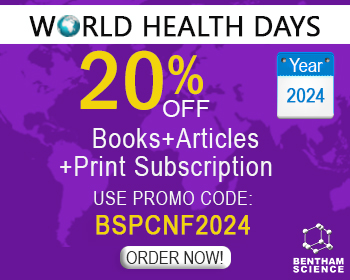Abstract
Antibiotic resistance is one of the most pressing health issues of our days. It can arise due to a multiplicity of factors, such as target modification, decrease in the drug uptake, changes in the metabolic pathways and activation of efflux pumps. The overexpression of efflux pumps is responsible for the extrusion of drugs, making antibiotic therapy fail, as the quantity of intracellular antibiotic is not enough to provide the desired therapeutic effect.
Efflux pumps can be included in five families according to their composition, nature of substrates, energy source, and number of transmembrane spanning regions. The ABC superfamily is mainly found in Gram-positive bacteria, use ATP as an energy source, and only a limited number of ABC pumps confer multidrug resistance (MDR).
On the other hand, the MFS family, most present in Gram-positive bacteria, and the RND family, characteristic of Gram-negative bacteria, are most associated with antibiotic resistance. A wide variety of inhibitors have been disclosed for both families, from either natural or synthetic sources, or even drugs that are currently in therapy for other diseases.
The other two families are the SMR, which are the smallest drug efflux proteins known, and the MATE family, whose pumps can also resort to the sodium gradient as an energy source.
In this review, it is intended to present a comprehensive review of the classes of efflux pump inhibitors from the various sources, highlighting their structure-activity relationships, which can be useful for medicinal chemists in the pursuit of novel efflux pump inhibitors.
Keywords: Antimicrobial resistance, efflux pump inhibitors, natural products, synthetic compounds, existing drugs, Structure-activity relationship.




























